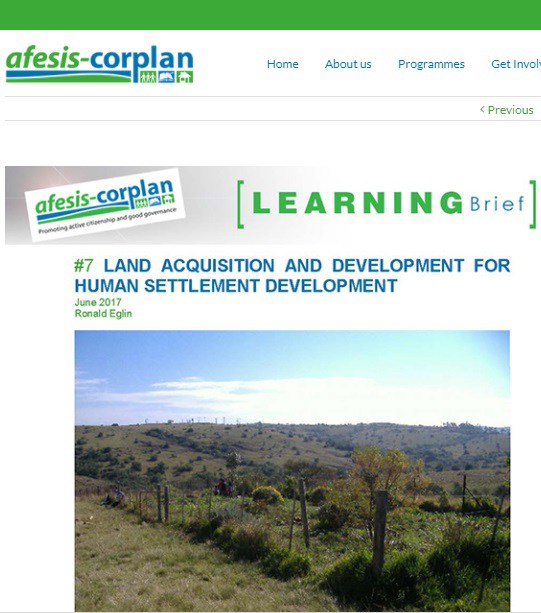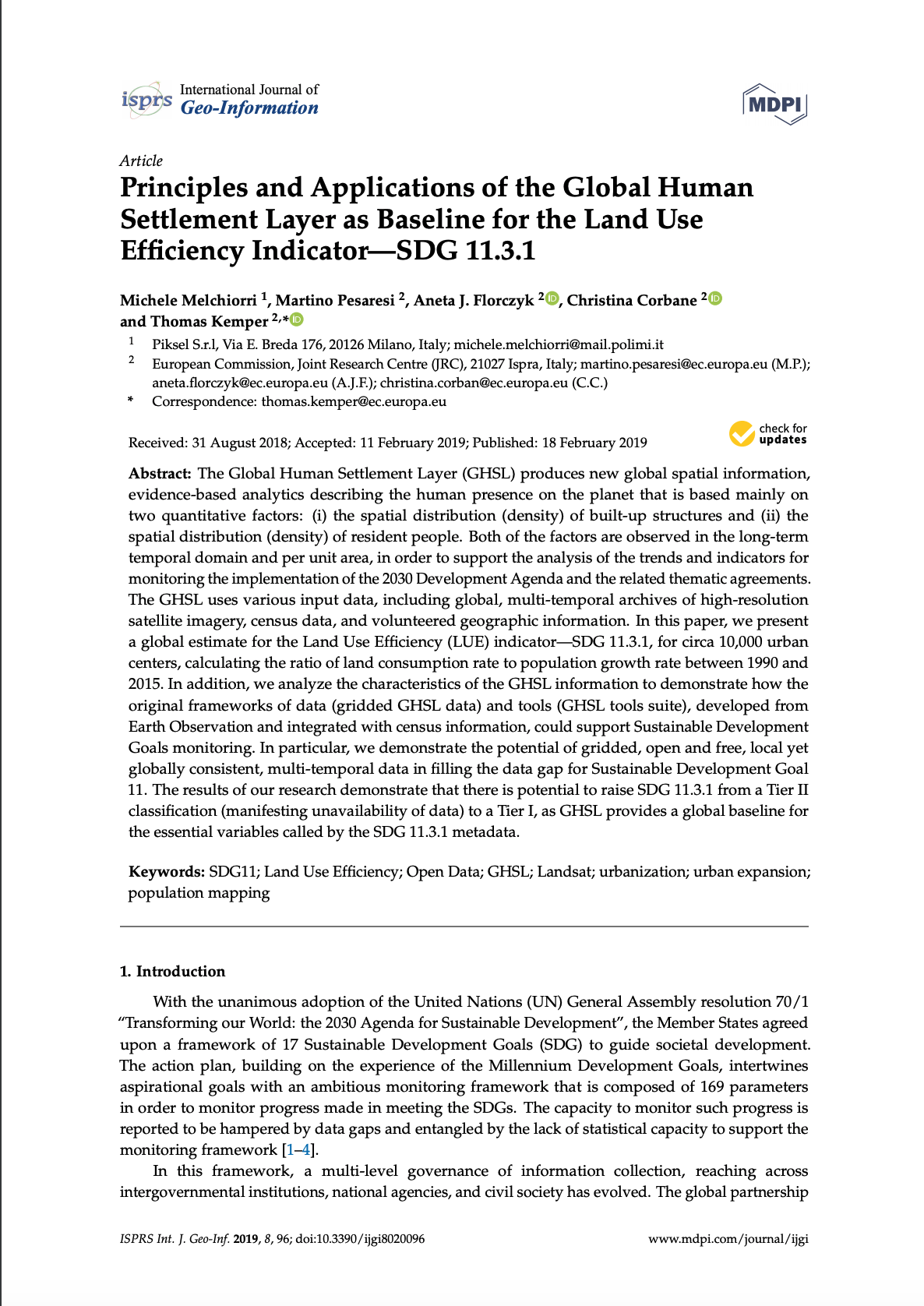land acquisitions and development for human settlement
As a country we need to prioritise the acquisition and development of land for settlement purposes if we are to make any impact on the demand for housing. Between 1994 and 2014 the South African government provided more than 2.5 million houses and some 1.2 million serviced sites, but the housing backlog nevertheless increased over this same period from 1.5 million to 2.1 million units




